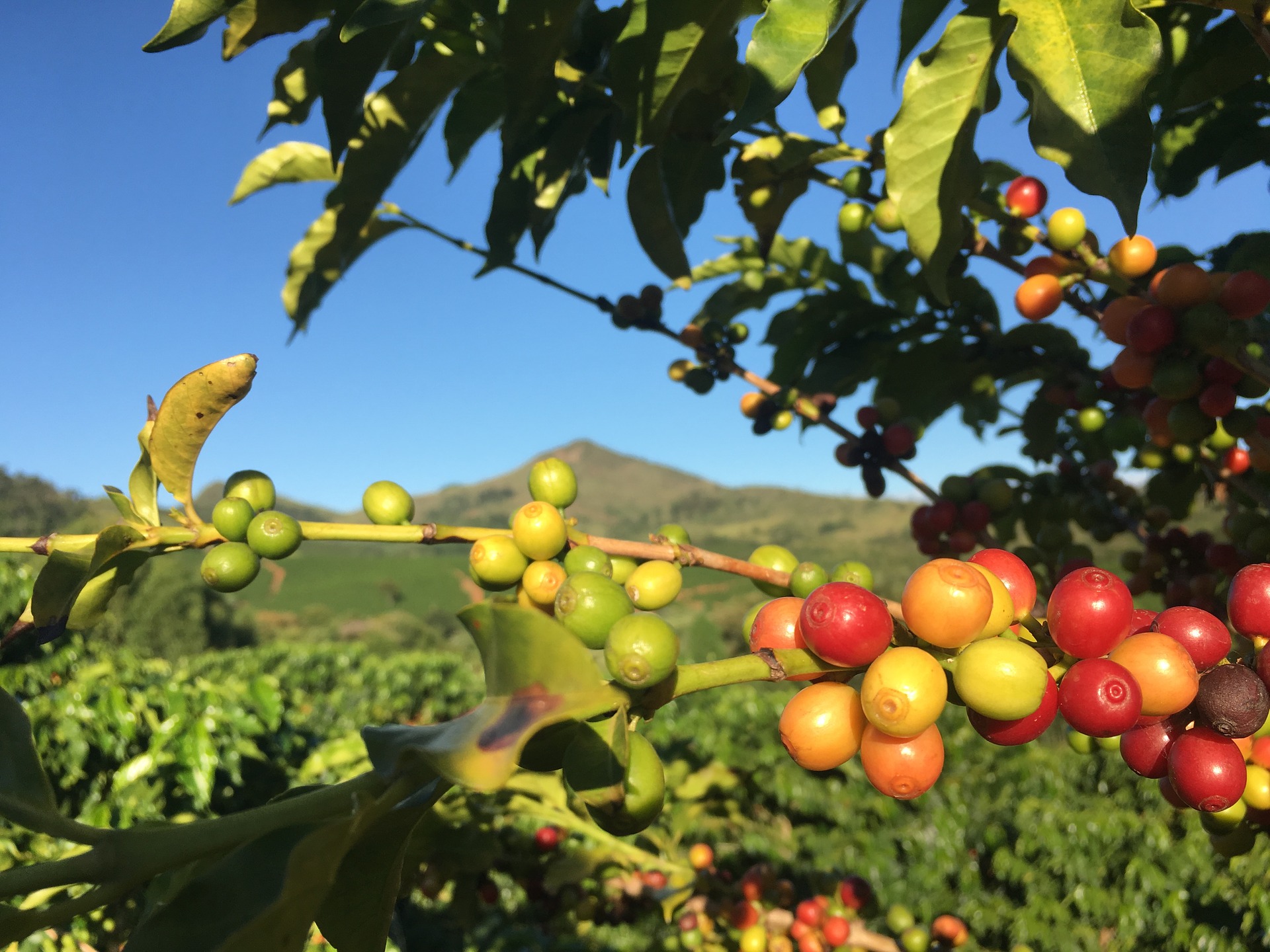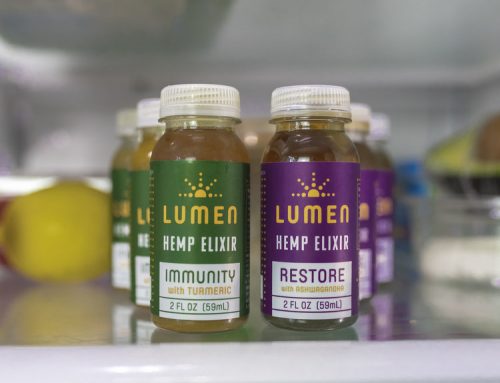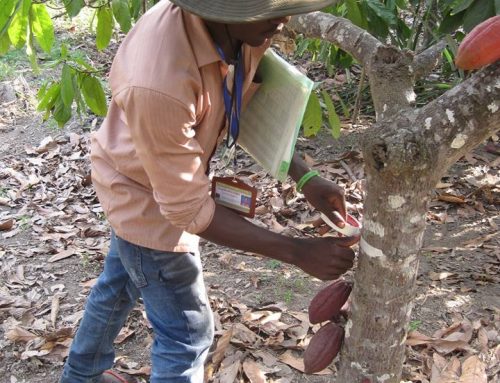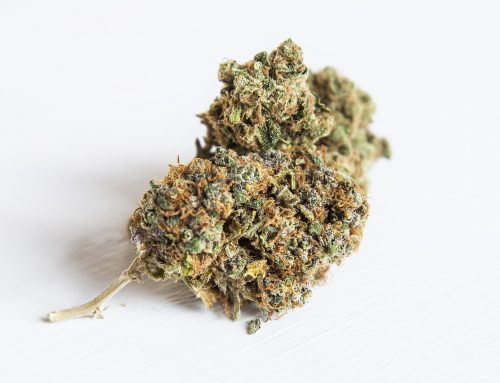As quality and production methods become more of a concern to the general consumer, there has a been an increase in third party labeling. The most common labels are organic and non-GMO, both of which most consumers are familiar. However, another certification has started appearing on a wide-range of products. That label is Biodynamic and is commonly seen on wine or olive oil labels. Biodynamic agriculture is a method of farming that has been around for almost 100 years. The basic idea of biodynamic farming views farms as organisms that are greatly affected by energies both in the soil and the sky.
How It All Started
German philosopher Dr. Rudolf Steiner created biodynamic agriculture in the early 1920’s. He first presented his ideas in Koberwitz, Germany (now Poland).
Much of his teachings involve a holistic approach to agriculture since he believed in the importance of farming in harmony with nature, not in opposition to it. He viewed farms as self-sustaining entities that do not require any outside inputs.
Difference Between Biodynamic and Organic Agriculture
Like organic products, biodynamic products must be certified by an approved agency in order to be marketed as biodynamic. However, biodynamic inspectors are generally stricter, heavily scrutinizing all agricultural practices on the farm.
Organic farming aims to produce high quality products that are beneficial to both the people consuming those products and the environment. Biodynamic farms follow the same principles and they both prohibit the use of pesticides or herbicides.
In contrast, biodynamic farming places a greater emphasis on astrological systems. According to Steiner, astrological and lunar cycles have a large impact on plant growth.
Nine Preparations of Biodynamic Farming
With biodynamic farms, the soil is considered the most important element. Nine preparations are added to the compost and soil to encourage healthy plant growth.
For example, preparation 500 is a cow horn filled with manure, which is then buried in the soil for the winter. Preparation 505 is a domestic animal skull filled with oak bark, which is also buried for the winter. While preparation 507 is simpler, requiring only the juice from valerian flowers to be added to the compost.
Steiner believed that adding these various preparations heal the soil and therefore promote fruitful plants. And he’s not the only one – there are 21,791 acres of biodynamic farms in the United States, up 16 percent from last year.
While Steiner’s ideas are still widely contested, they have led to several popular agricultural concepts that are still used today. One of those concepts includes Community Supported Agriculture (CSA), which continues to be used by thousands of farms throughout the world.






